Introduction
Hello, dear bonsai enthusiasts! As the days gradually grow shorter and the temperatures begin to cool down, it’s time to transition your bonsai trees from the hot summer season to the milder days of early fall. In this comprehensive guide, we will delve into the essential tasks and tips to ensure your bonsai thrives as we approach the colder months. Let’s dive into the world of early fall bonsai care.
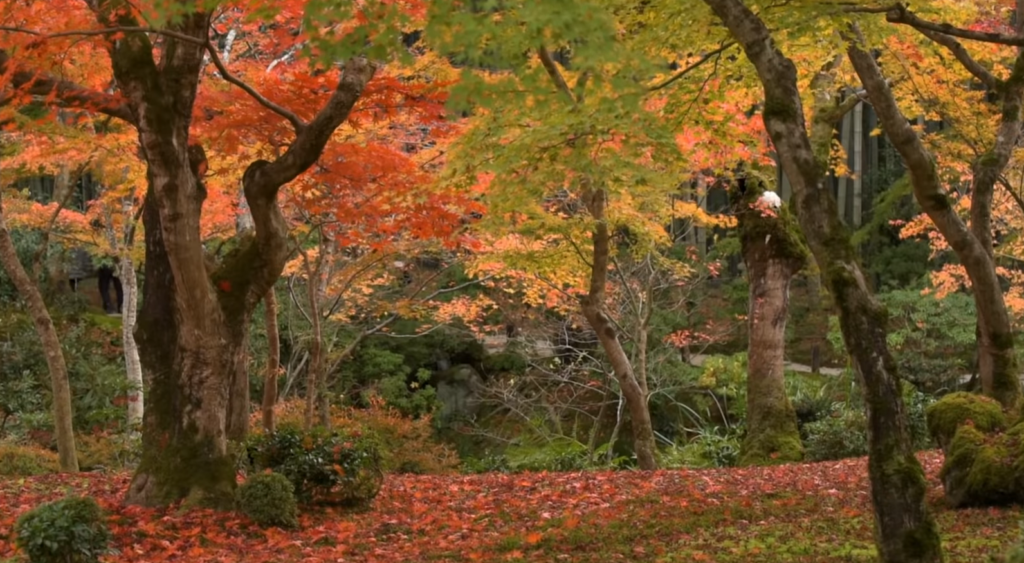
Deciduous
In many regions, including my own in the Central Valley, September still offers an opportunity to work on deciduous trees. During this time, you can perform essential tasks such as pruning and defoliation. However, exercise caution and consider the health and vigor of your tree. If your tree is weak or sickly, it’s best to refrain from any interventions at this stage and let nature take its course as the leaves reabsorb nutrients in preparation for winter.
*If you live north you might need to skip this process and come back early winter for deciduous trees.
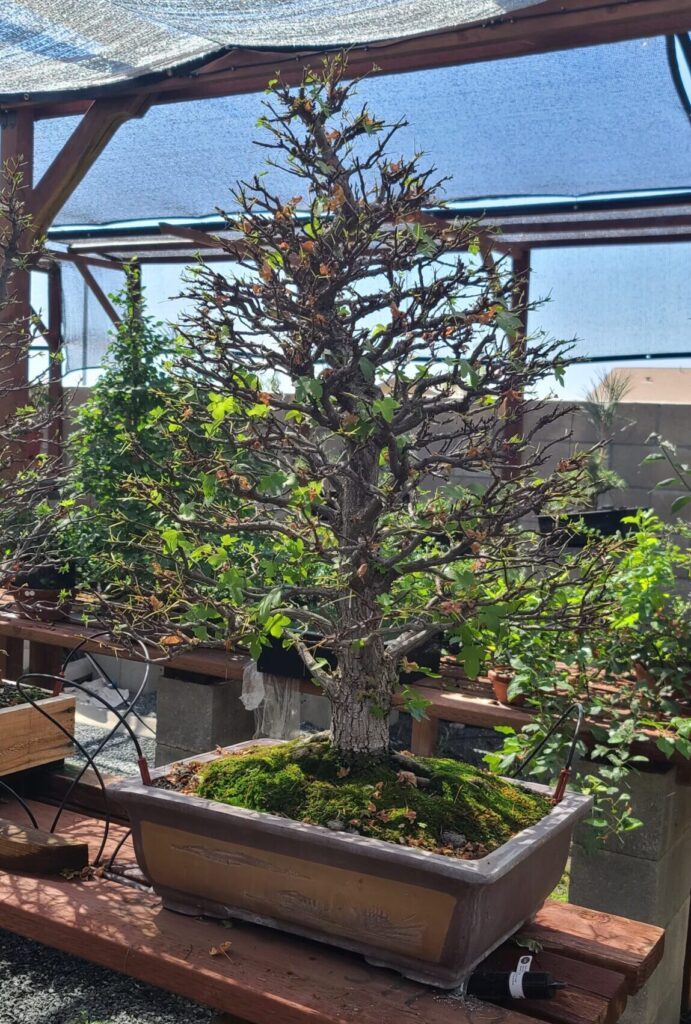
Conifers
September marks a busy period for conifer enthusiasts, particularly those who care for Junipers. Keep a close eye on your Junipers during this time, as you may notice another flush of growth, characterized by runners extending beyond the silhouette of the tree. If you have Black Pines, this is the ideal moment for candle selection, provided that the shoots are sharp and dark green. Timing is crucial here; selecting candles too early may lead to the remaining shoots extending, negating the purpose of decandling. Finding the perfect timing for candle selection is key to success.
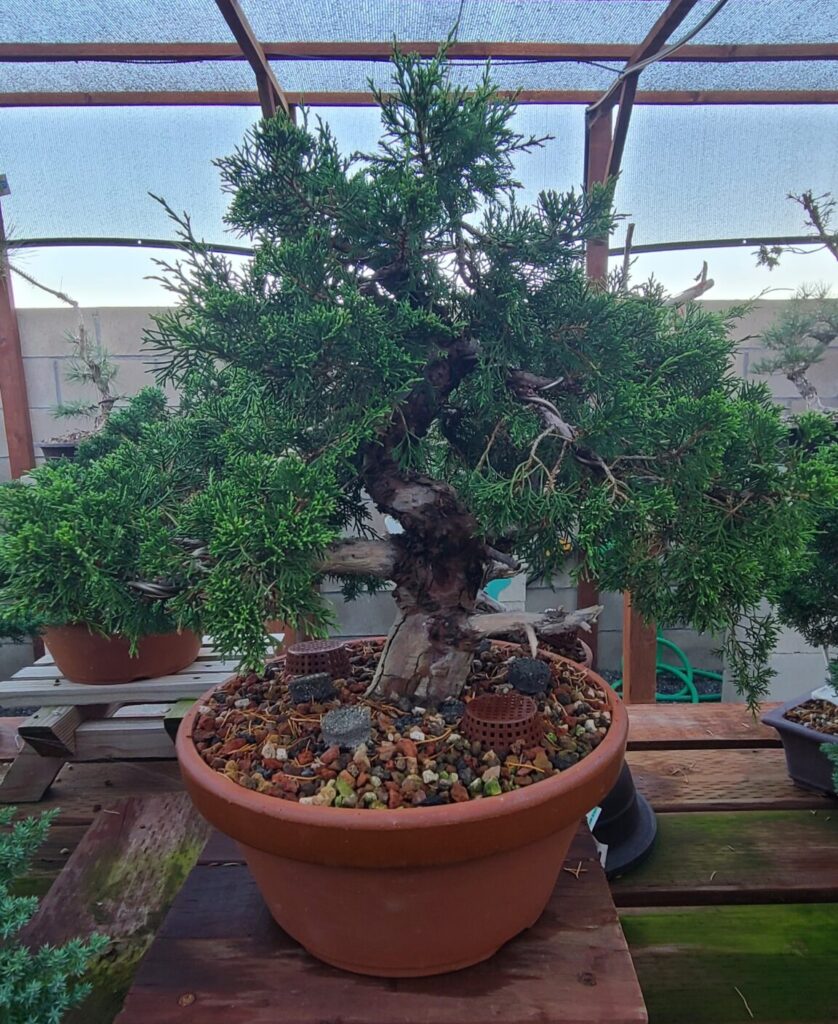
Fertilization
Fall is the prime time for fertilizing your bonsai. Extend your fertilization routine until the end of November. For young trees, consider using osmocote, while refined trees benefit from organic cakes. Proper fertilization ensures your bonsai receives the necessary nutrients to thrive during the upcoming dormant season.
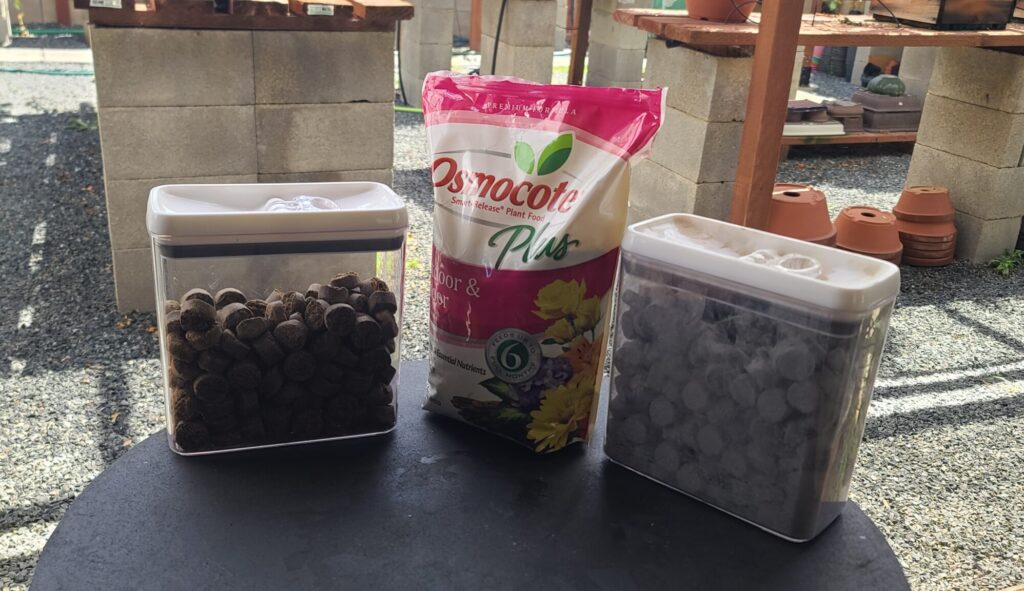
Pesticide and Fungicide
As fall arrives, insects and fungi make their last stand. While many areas face various challenges, my region often contends with spider mites. Combat these pests with a systemic miticide, ensuring you have at least two different miticides on hand for rotation. This approach helps prevent resistance from developing.
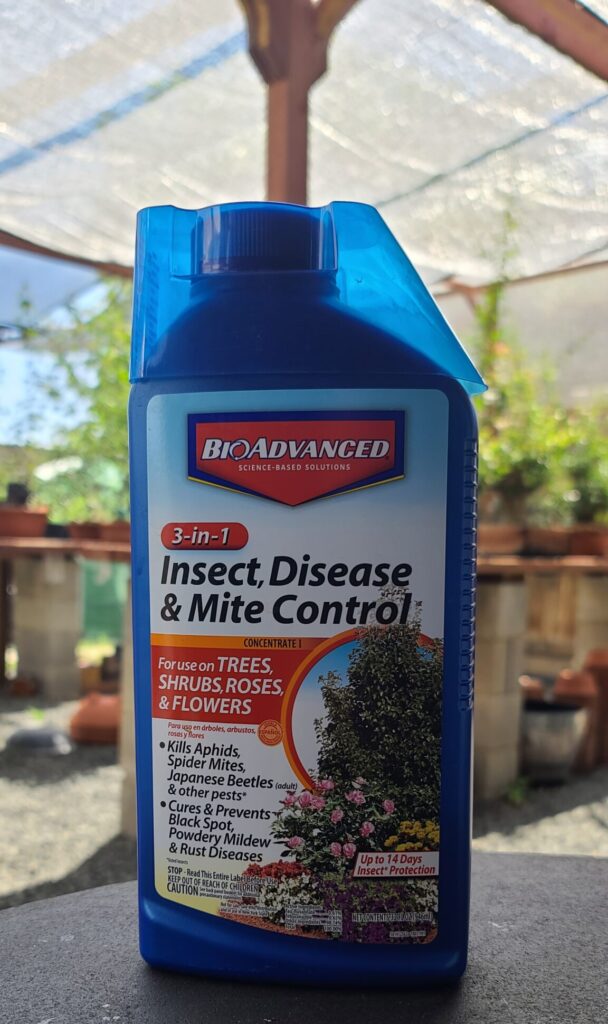
Watering
Transitioning from the summer watering routine is essential in early fall. While we’ve become accustomed to daily watering during the hotter months, remember that the soil dries more slowly in the fall. Regularly check the surface of the soil and adjust your watering schedule accordingly to avoid overwatering or underwatering your bonsai.
Conclusion
As we embrace the changing seasons, adapting your bonsai care routine to the specific needs of early fall is crucial for the health and vitality of your trees. Follow these guidelines for deciduous and coniferous trees, focus on proper fertilization and pest management, and adjust your watering habits to ensure your bonsai thrives in the approaching cooler months. With the right care, your bonsai will continue to flourish as autumn unfolds. Happy gardening!